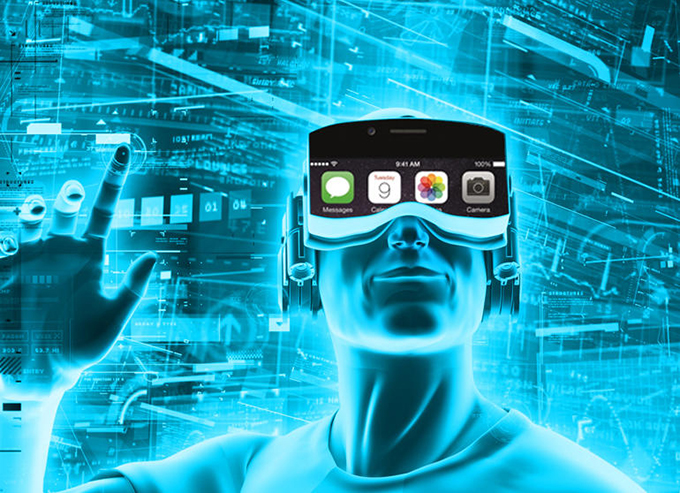
Augmented Reality and Virtual Reality have taken the world of entertainment and education by storm. Gaming companies have already embraced AR/VR. A large number of gaming companies have been adding VR features in order to captivate the players. Need For Speed, the popular video game, is one of the classic examples of VR technology. The game created a lot of buzzes because it used VR technology.
Today, VR has become more of a necessity than anything else. People are embracing VR because it is interactive, and people want something that is comprehensive and interactive. VR training providers have been using AR/VR to create personalised experiences for learners. The idea is to create learning solutions that provide users with a solution that ends up eliminating (or minimising) their problems. You have to give them a solution that ends up making their life easier by uncomplicating things.
The question is: how does AR/VR impact Elearning?
- Simulation immersion reaches a whole new level:
Mobile devices and computer screens leave a lot of space for distractions and diversions. At present, online Elearning modules require users to establish and maintain a balance between the virtual world and the real one. However, AR/VR technologies will allow users to completely immerse themselves into the virtual world without having to bother about the external distractions. Audio devices and headsets help you stay away from the distractions that might otherwise end up hampering your concentration. Some VR modules come with tactical sensors that can sense touch.
- Face-To-Face Training In VR Environments helps improve understanding
Modern learning techniques offer facilities such as video conferencing. There are conferencing tools that provide users with an enriched and blended learning experience. VR/AR solutions will take this a step further by providing learners with an immersive environment that does not leave room for diversions and distractions. You tend to stay engrossed in the virtual world without paying much attention to the things happening around you. In this way, users end up learning their lessons without having to bother much about the real world.
- Immersive Training is much richer and comprehensive
Learners get a chance to breeze through their own online training paths while getting their hands on the latest online training courses. It is quite similar to a virtual video game. It is ideal for those who wish to have a physical connection with the training content. Online learners can choose their paths according to the goals, needs and requirements they have. VR/AR training can help you rework on the problems you are facing in real life. You can have holograms of the challenges you are facing. You can revisit the pain points over and over again in order to hone your skills
- Analytics will substantiate learning
Big Data will grow bigger once the technology becomes far more advanced than ever before. AR/VR will feature better and advanced analytics to track down a learner’s movements, needs, requirements, etc. This might also enable analysts with an opportunity to dive deeper into the learner’s mind. This would allow companies a chance to ensure customer engagement with an enhanced degree of accuracy. Big Data would ensure powerful and enriched learning experiences that will meet the expectations of the learners. Furthermore, these would enable learners to collaborate with people across geographical barriers. They will be able to work together in order to attain common organisational goals.
To top it all
AR/VR is nothing less than a revolution. It is something that is here to stay. It is your time to ride the wave.
